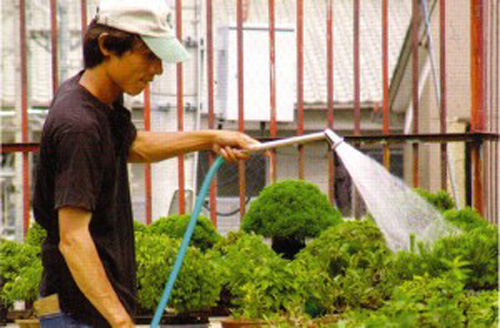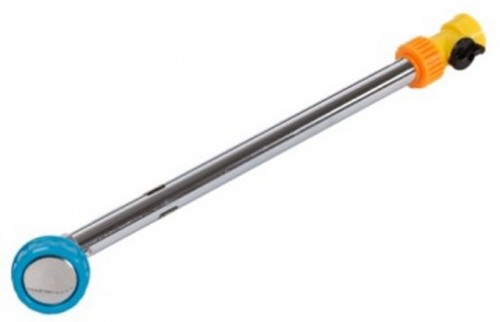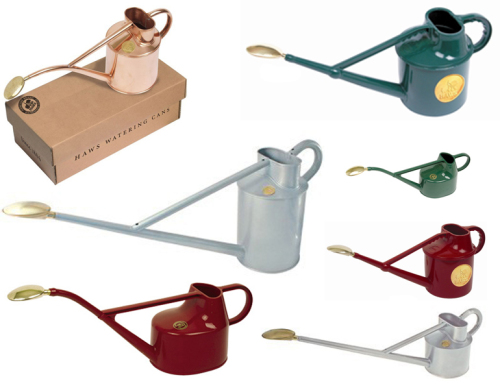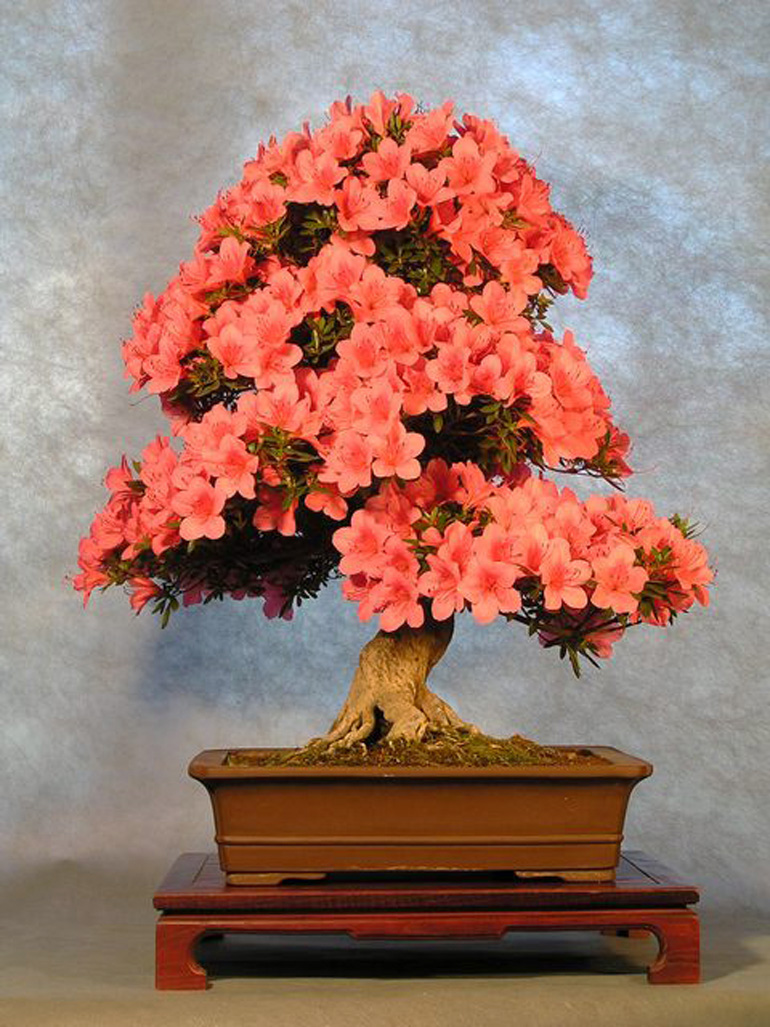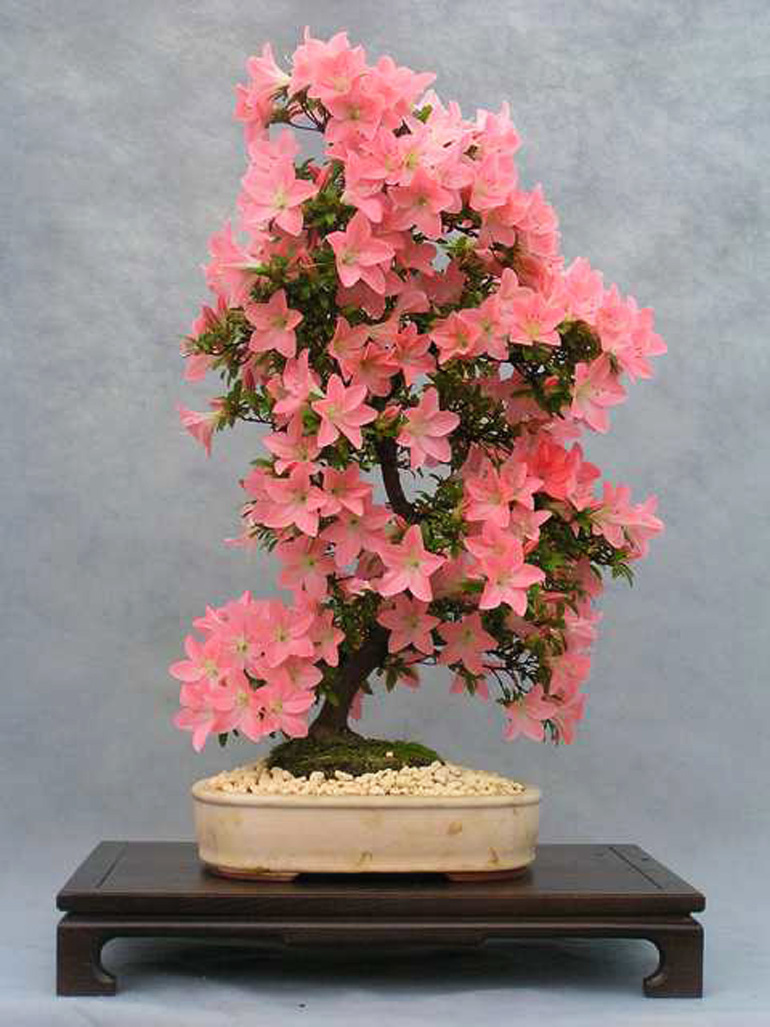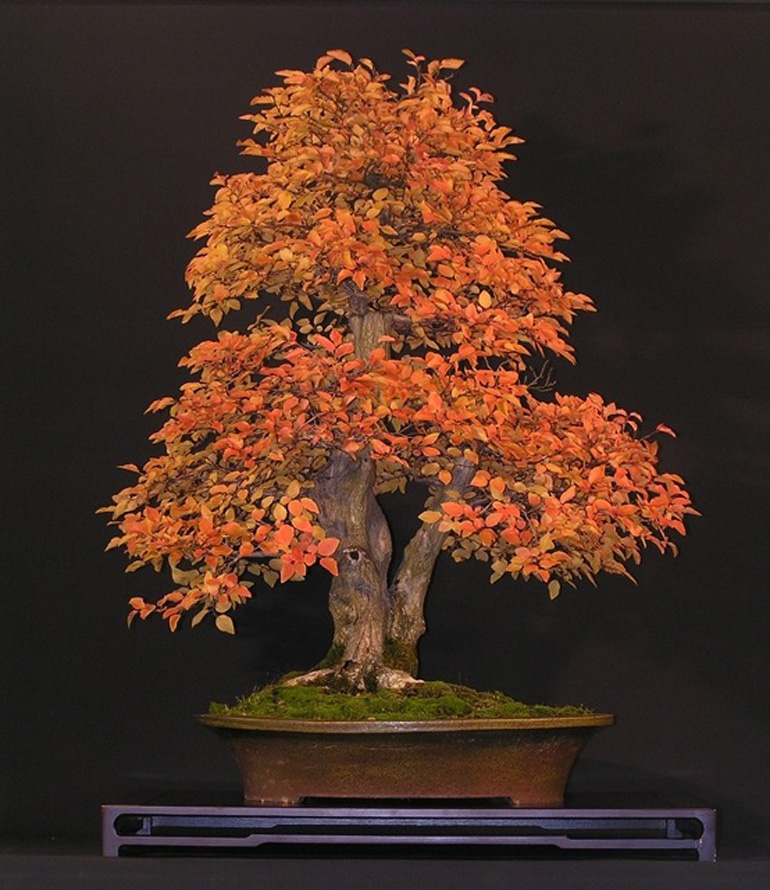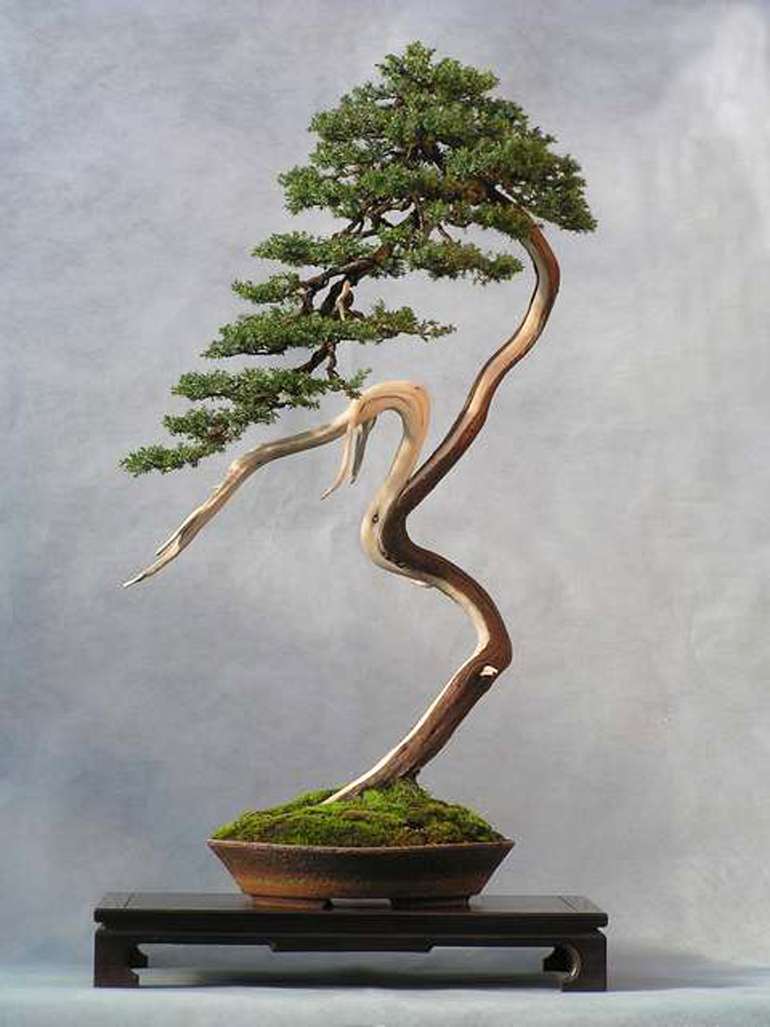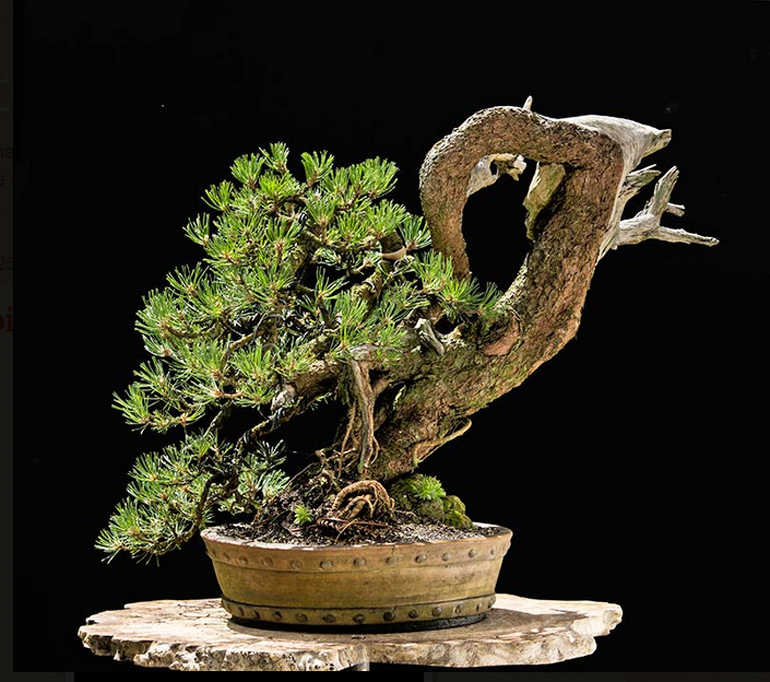
This luscious Satsuki azalea is one of a multitude of exquisite bonsai photos from the very aptly named, Fine Bonsai, Art and Nature.
We don’t normally resurrect posts from just a few months ago, but there’s a method to our madness. Part of this is method is simply continuing to present the best bonsai we can find for your enjoyment. The other part is…
You might want to fast forward this paragraph
… we have to satisfy our sponsor with his questionable habits and dubious appetites. For this and other more practical reasons, we like to stimulate your appetite for all things bonsai. In particular bonsai books (and Japanese gardening books), which, as it happens are currently on sale at Stone Lantern.

You can find this somewhat unruly and very distinctive apple bonsai on the back cover of Nick Lenz’ landmark book on collecting, Bonsai from the Wild.
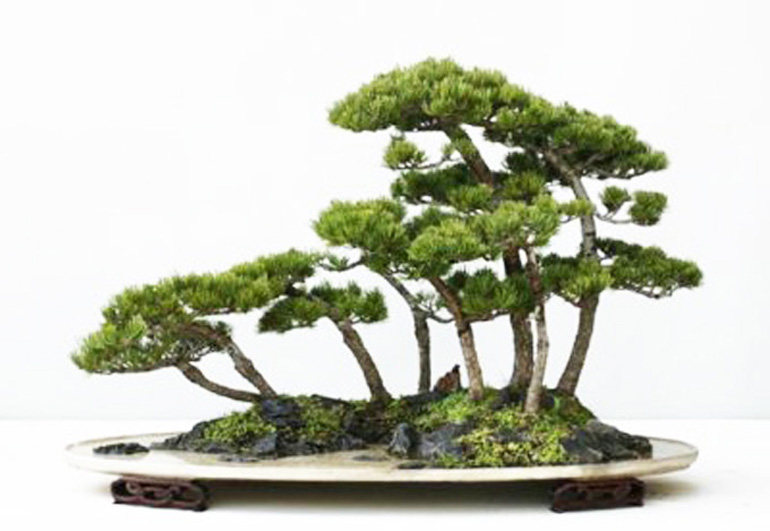
Windswept Japanese white pine tray planting from Zhao Qingquan's remarkable book, Penjing, the Chinese Art of Bonsai. In this case, I think the wind is a gentle but persistent on-shore breeze.

After. Finished for the moment. The challenge was for Masahiko Kimura to style a bunjin (literati) bonsai with only one branch. It’s a Japanese red pine from our Masters’ Series The Magician, the Bonsai Art of Kimura 2.
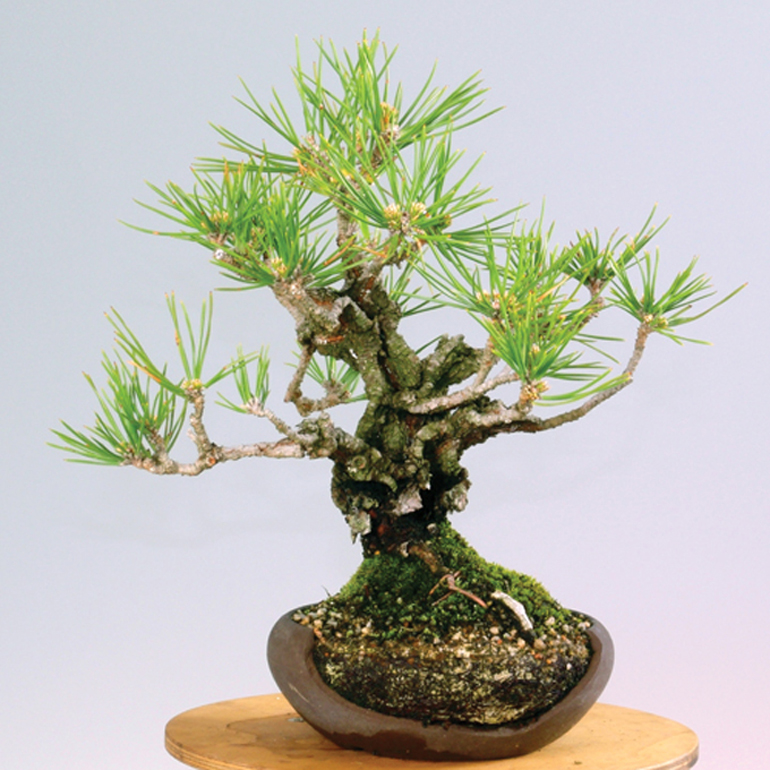
Time to repot. Morten Albek intentionally broke the pot to show this Cork bark Japanese black pine’s dense root mass. From Morten’s book, Shohin Bonsai, Majesty in Miniature.

The cover tree for Botany for Bonsai. It’s a collected Black Mangrove (Avicennia germinans) that belongs to Enrique Castaño, who happens to be the author of Botany for Bonsai and the winner of the 2010 John Y. Naka award (for this tree). BTW: it looks a lot like what is usually called Buttonwood (Conocarpus erectus) in Florida and sometimes called Button Mangrove (just to thicken the plot).
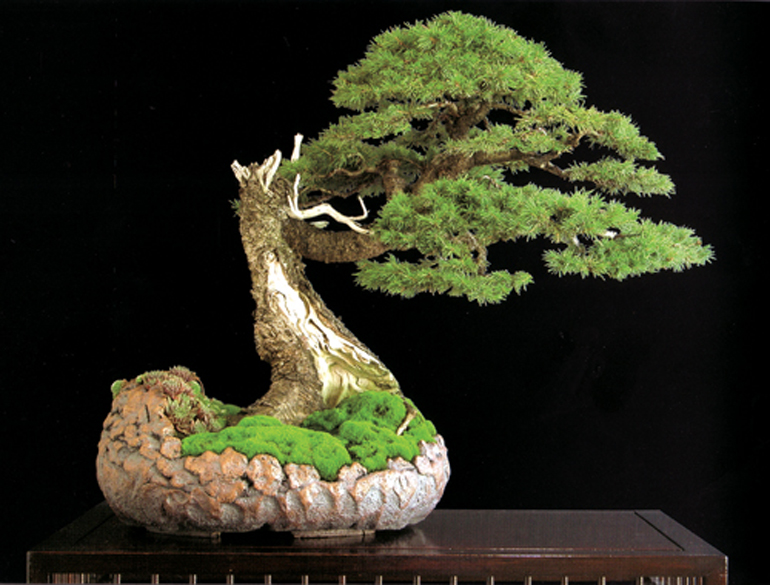
Norway spruce (Picea abies) by Francois Jeker. From the first volume of his two essential bonsai design books Bonsai Aesthetics 1 & 2.
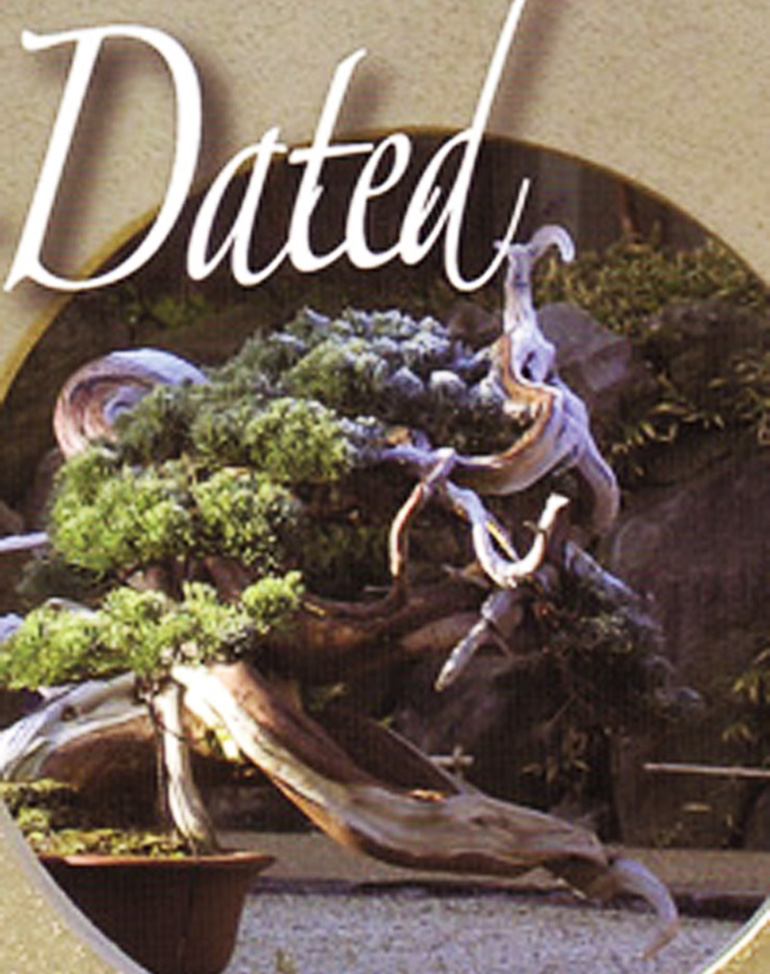
A piece of the cover of Michael Hagedorn's delightfully readable Post-Dated: The Schooling of an Irreverent Bonsai Monk.

The tree is an old Japanese yew (Taxus cuspidata) from the Pacific Rim Bonsai Collection (now the Pacific Bonsai Museum). It’s one of 248 fine bonsai that are featured in the 3rd U.S. National Bonsai Exhibition Album.
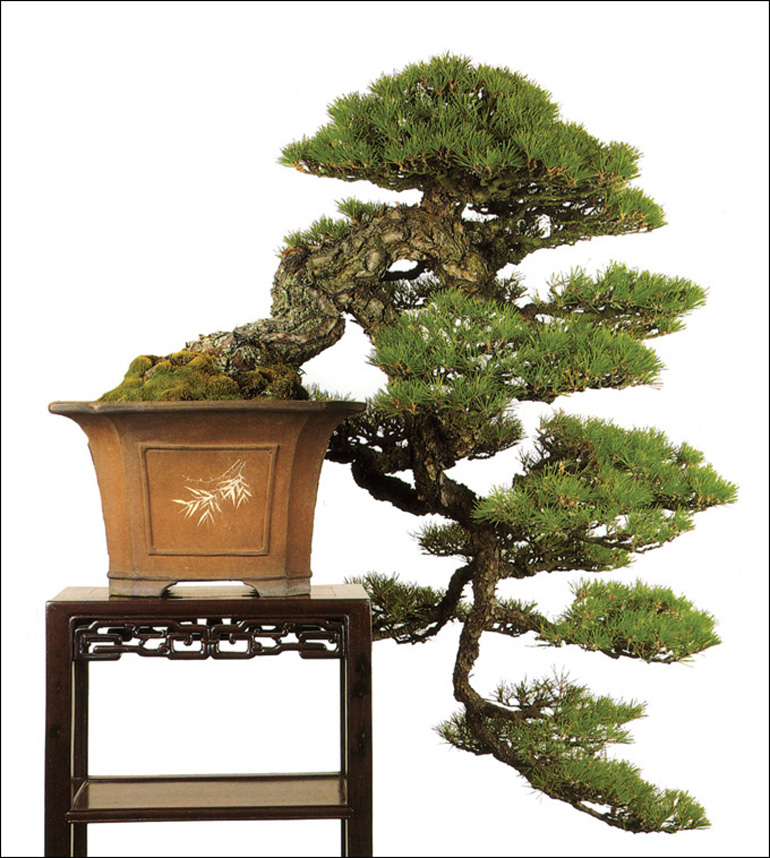
My guess is that this is one of the very best and most famous full cascade bonsai in the world. It's from the Black pine gallery in our Masters’ Series Pine Book.

Bonsai sitting in a chair from Kenji Kobayashi's Keshiki Bonsai.

And just in case you are wondering; yes, we offer Japanese garden books, including Quiet Beauty a beautiful new book that features the best Japanese gardens in North America.
NEW Bonsai Books too. Since we originally posted this back in February, we have been blessed with several new Bonsai Books, including this most amazing and wonderful Literati Style Penjing and ....
...Francois Jeker's Bonsai Deadwood; a bonsai masterpiece from a deadwood bonsai master.
Visit Stone Lantern and enjoy 25% off all of our already discounted books. And an additional 10% off any Stone Lantern order of 100.00 or more.


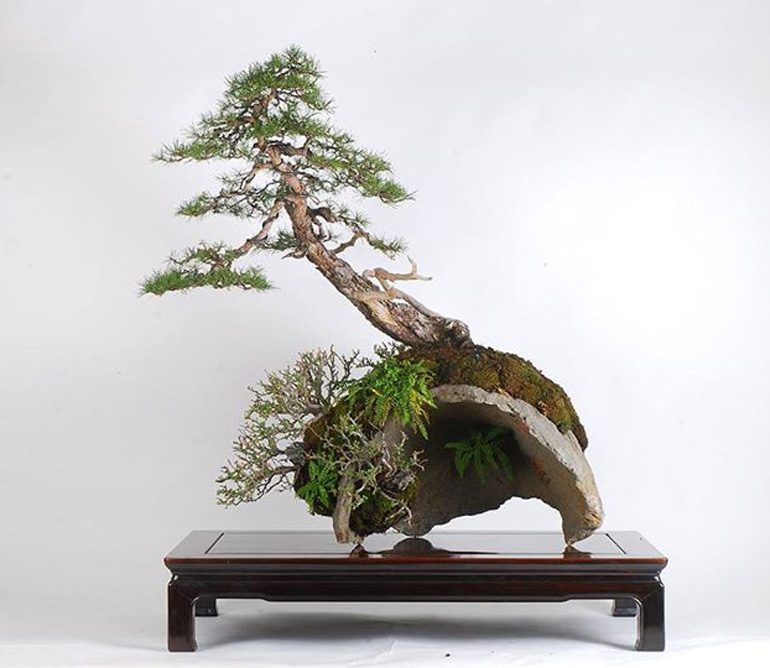 Here's an equally impressive and improbable
Here's an equally impressive and improbable 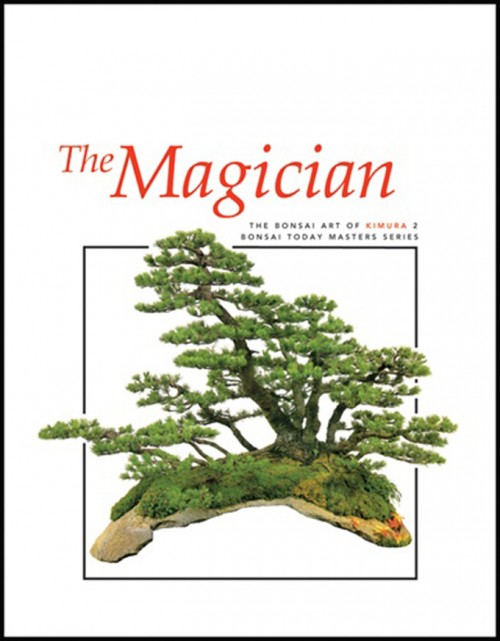 As long as we're talking about convex slabs, here's a famous Japanese white pine planting by Masahiko Kimura that happens to grace the cover of our also famous
As long as we're talking about convex slabs, here's a famous Japanese white pine planting by Masahiko Kimura that happens to grace the cover of our also famous 


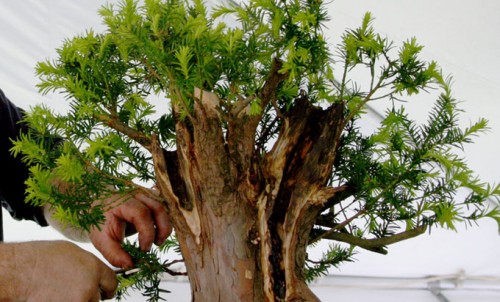

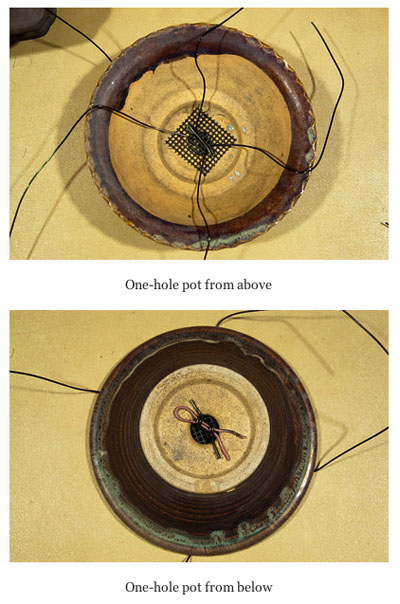
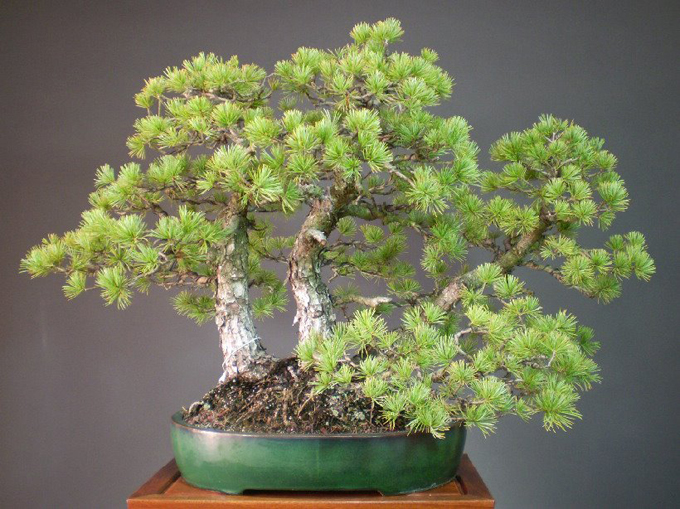
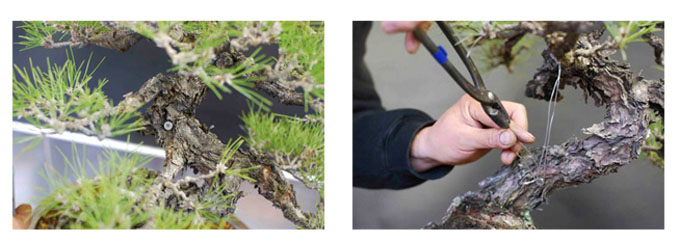
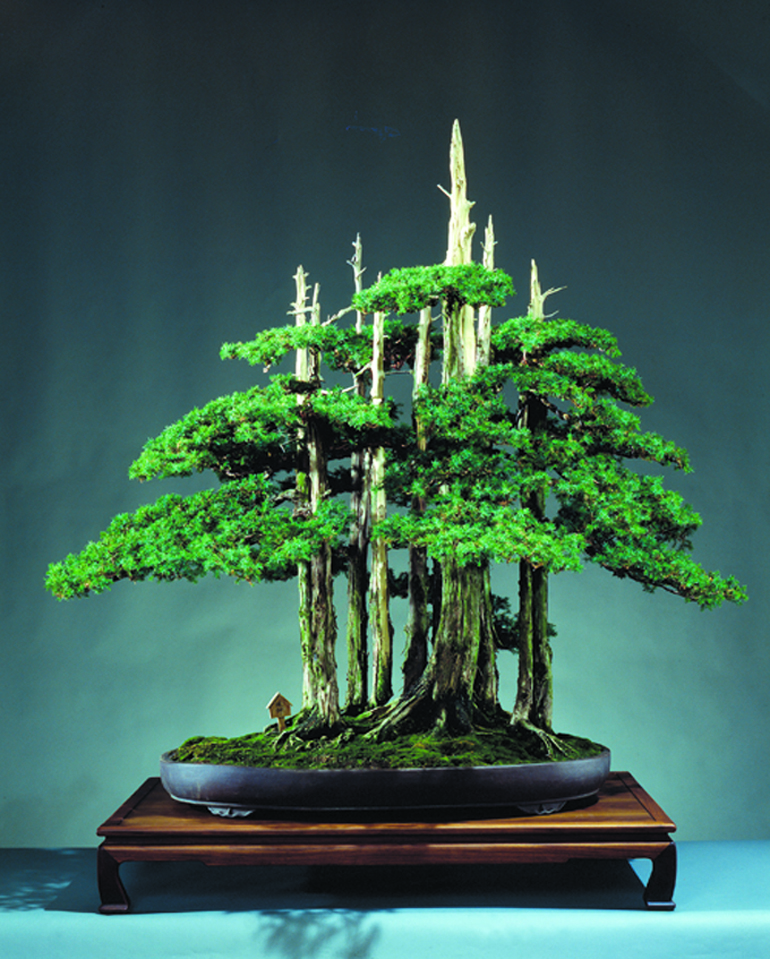


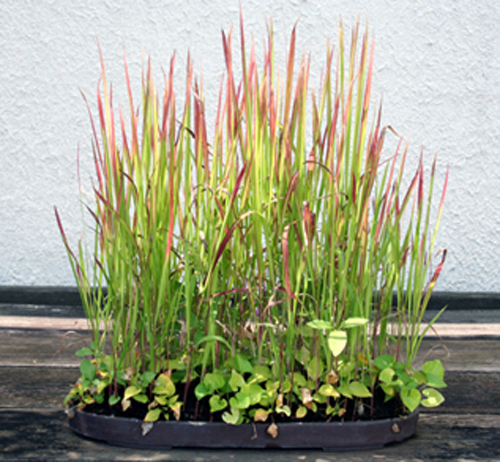


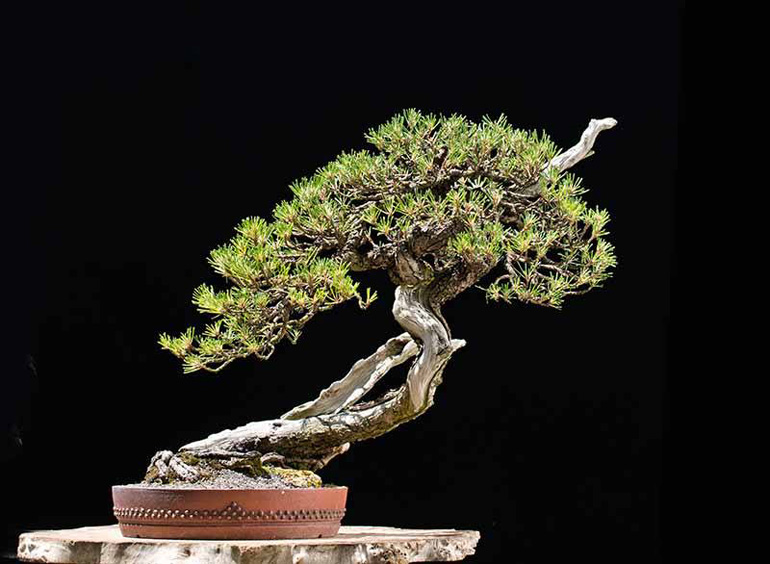
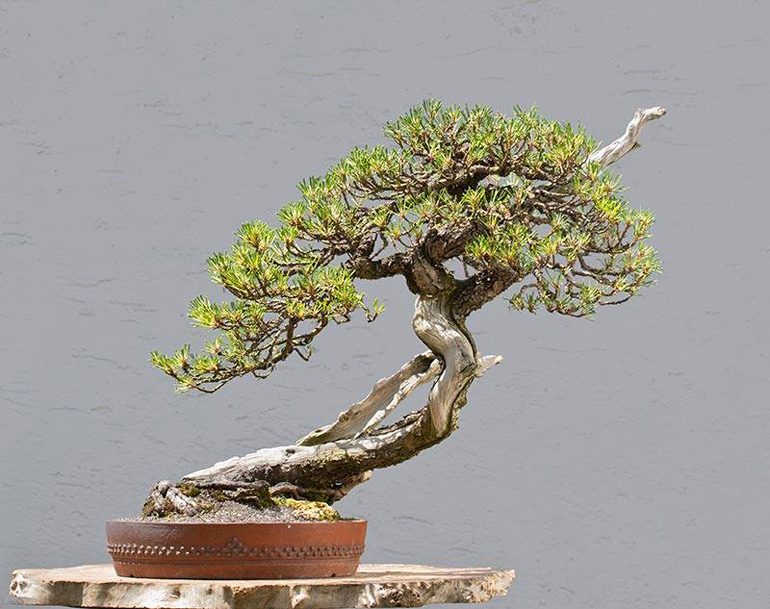
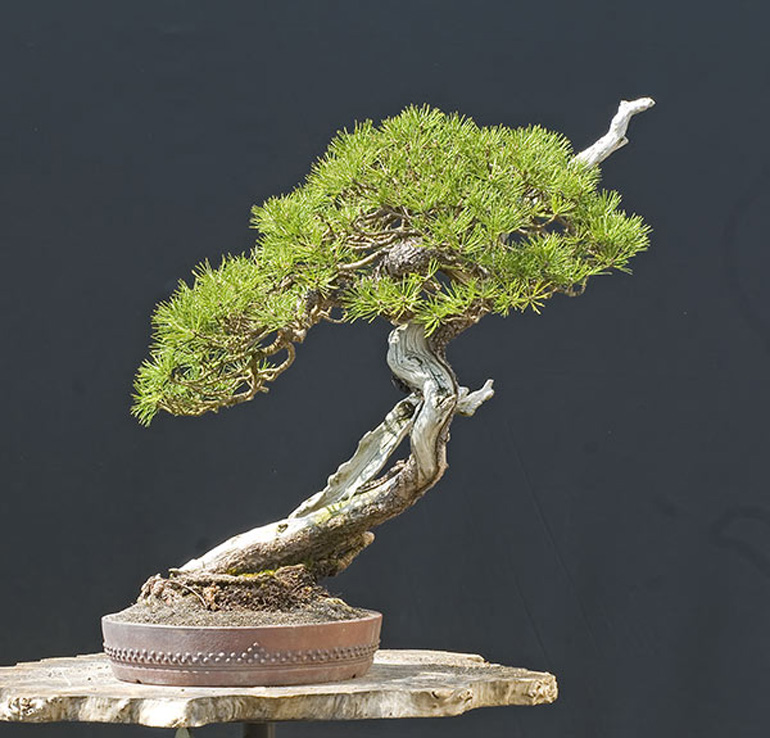
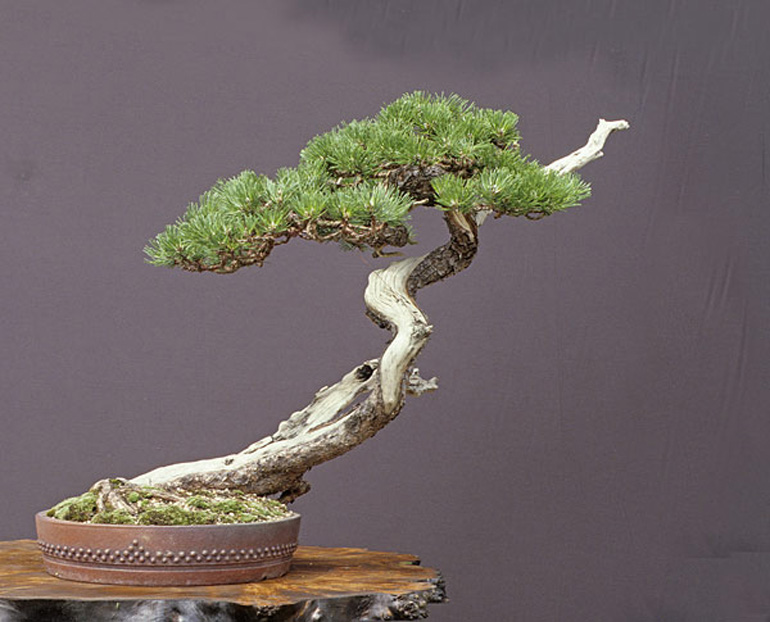
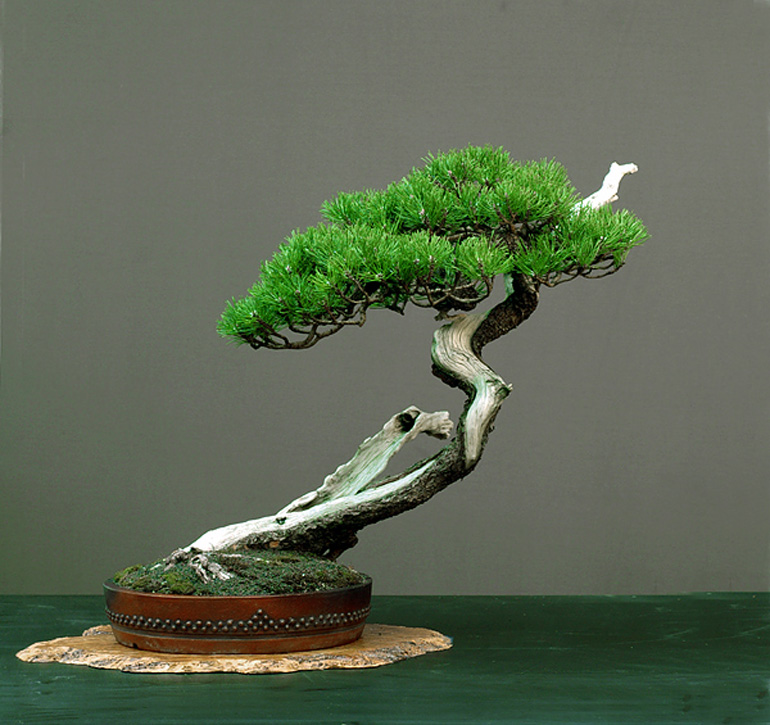
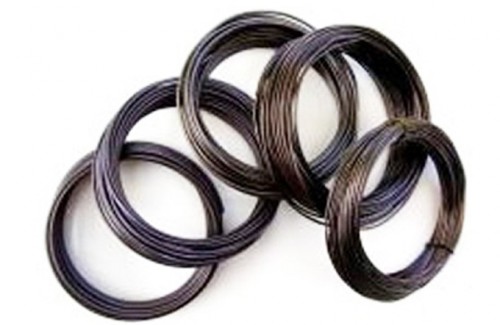

 Here's the whole page from
Here's the whole page from 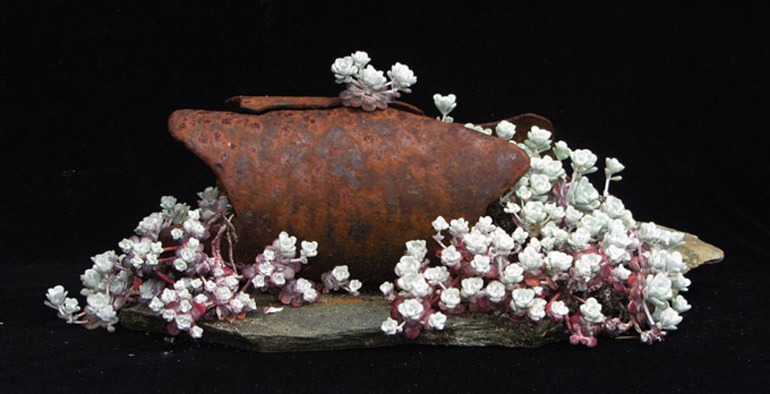
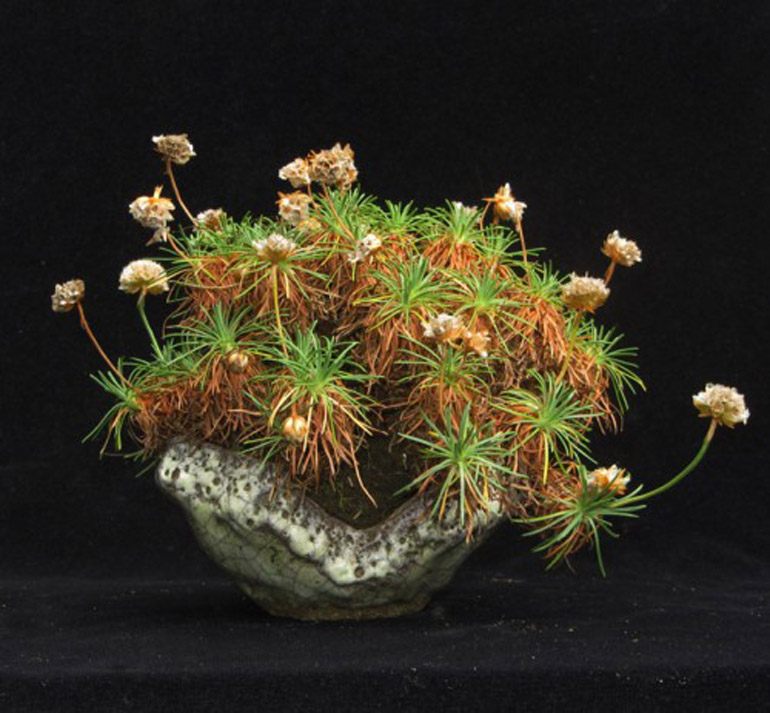


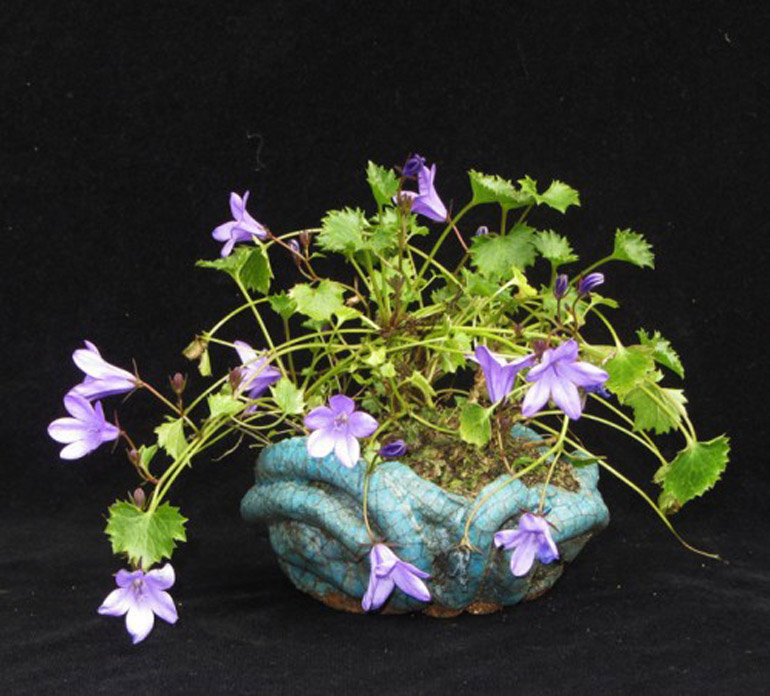

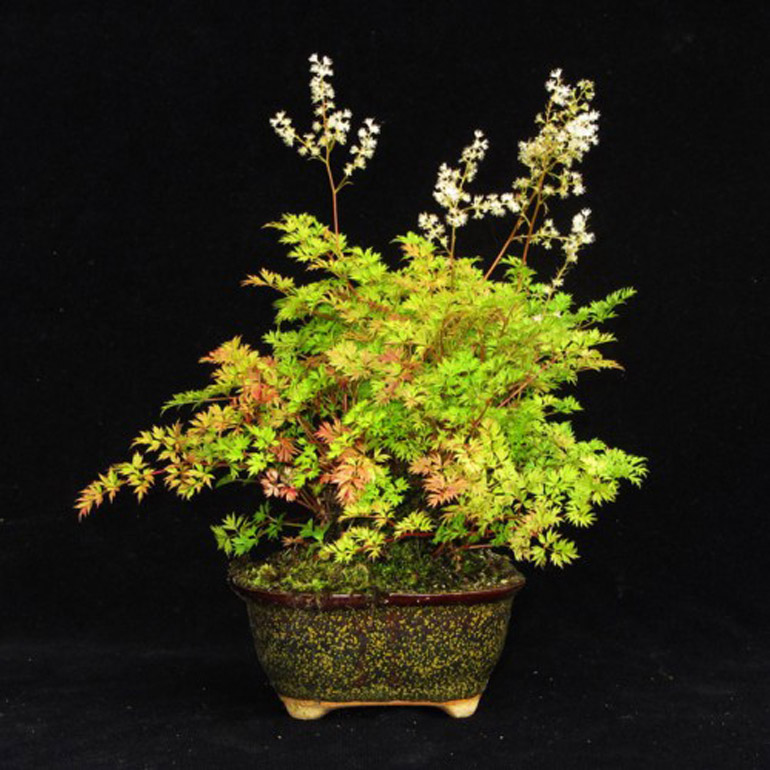
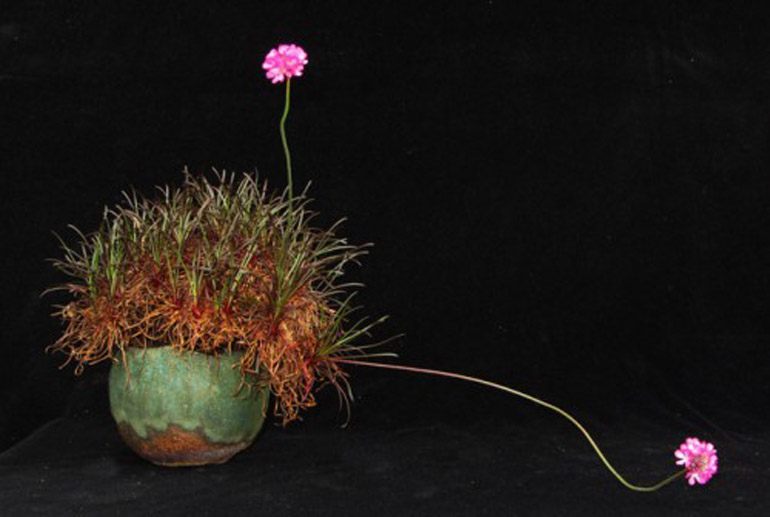
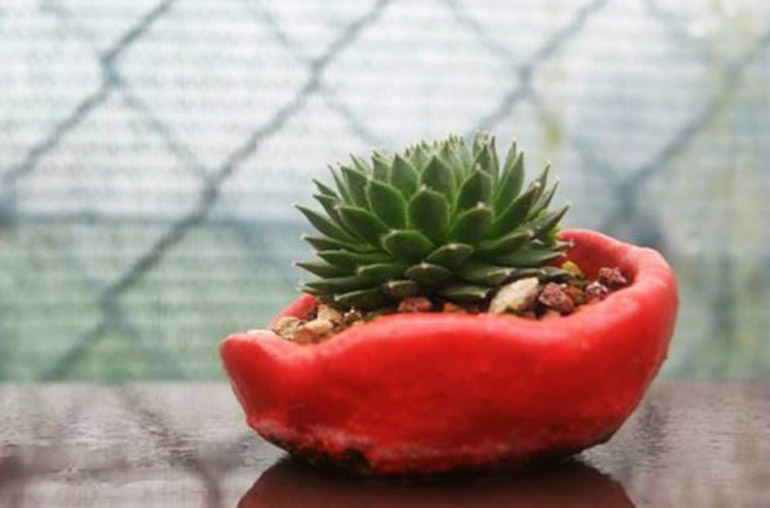
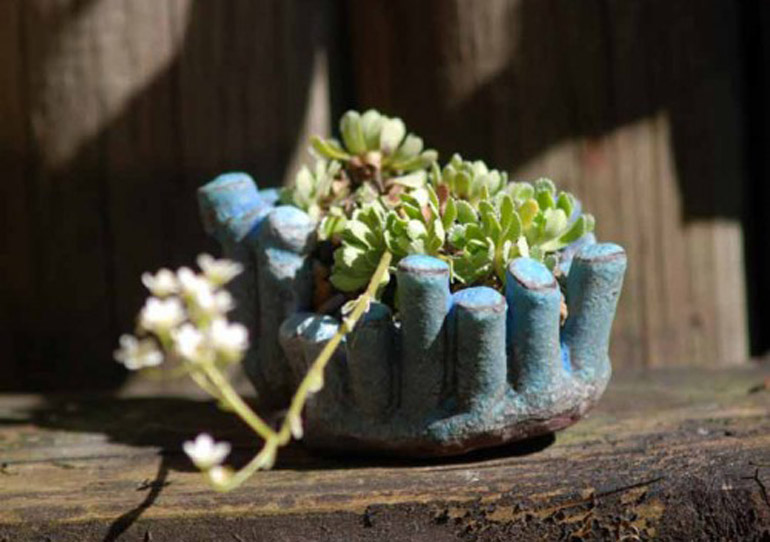
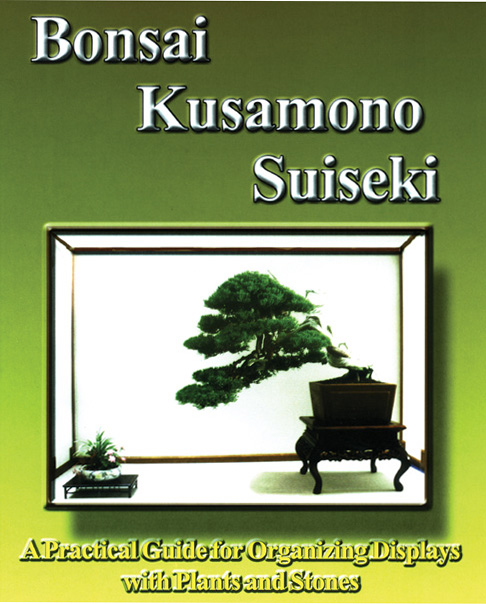
 This drawing is from our Masters' Series book; Junipers, Growing & Styling Juniper Bonsai (due back in print in November, 2015).
This drawing is from our Masters' Series book; Junipers, Growing & Styling Juniper Bonsai (due back in print in November, 2015).